It is taking no great leap of faith to suggest the Lotus Evora will one day be a classic. The list of models wearing Anthony Colin Bruce Chapman’s initials on the nose that haven’t eventually become classics is short, if it exists at all, and while no Lotus is faultless, the Evora has always been well received.
However, it does feel like a car somewhat overshadowed by the Elise it was always sold alongside, and by the Emira that Lotus currently sells. The Elise became a classic in its own lifetime and the Emira will secure its spot if for no other reason than being the brand’s final combustion-engined car, so just for a moment we’re pointing the spotlight on the Evora instead.

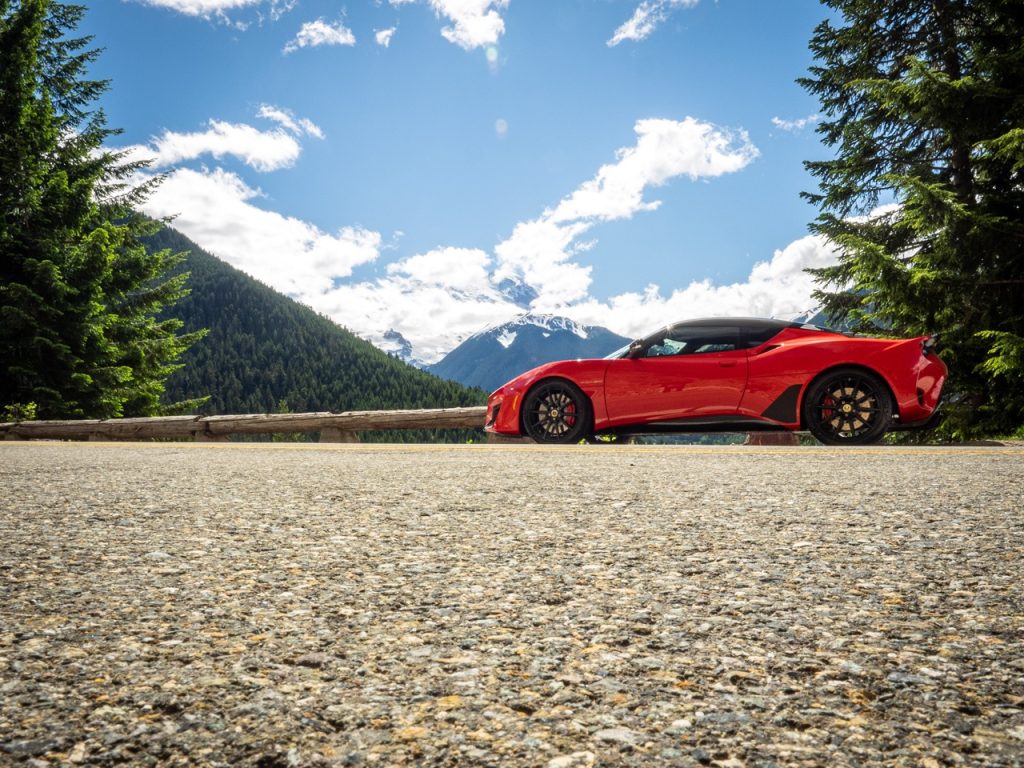
The Evora was designed as the everyday Lotus, pitched somewhere between Porsche’s Cayman and 911 in terms of utility and performance or, if you prefer, as a kind of modern equivalent of the Eclat and Excel.
Unlike the Eclat and Excel, the Evora was mid-engined, but like the older pair it was a 2+2. This meant a Ferrari Mondial– or BMW i8–style arrangement with a pair of nominal seats between the front pair and the engine bulkhead, though only the Ferrari gets credit for finding enough space for anyone taller than a toddler back there.
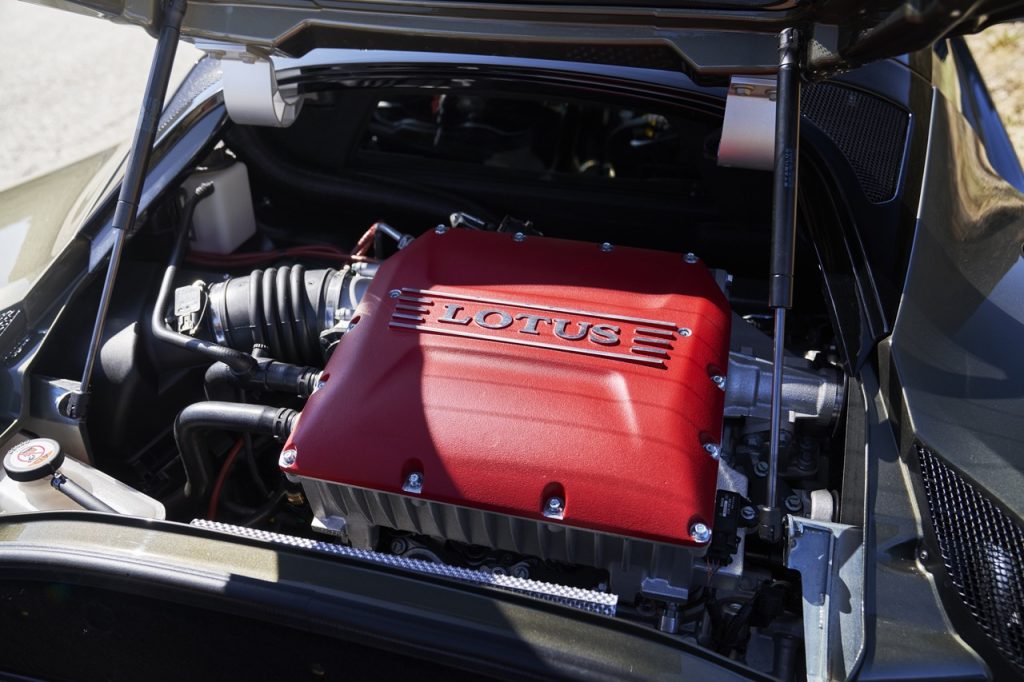
Ferrari eventually found space to fit a longitudinal V8 behind its plus-twos, but the Evora was altogether more compact, and drew from Hethel’s deal with Toyota for its engine: a 3.5-litre 60-degree V6, the bare bones of which it shared with, among other things, the humble Camry saloon. In naturally aspirated form it made 276bhp, while the eventual addition of a supercharger eventually lifted that to well over 400bhp. The later cars really howl thanks to active exhausts, with earlier naturally aspirated models offering more of a musical growl. Both still feel plenty quick enough today – the slowest Evora still does a sub-5-second sprint to 60mph, with a top speed over 160mph.
The Emira has attracted praise for feeling notably higher quality and more upmarket than any Lotus that came before it, but it’s easy to forget that the Evora was similarly praised at launch. Next to an Elise, it may as well have been from a different manufacturer, with actual trim covering every surface and an attractive dashboard design, though it’s not inaccurate to say that Porsche owners probably still wouldn’t have been impressed. Lotus improved the Evora over time, and later cars have notably tighter fit and finish, better materials, and a better feel to their controls both minor and major – though the old Vauxhall Astra column stalks were a permanent fixture.
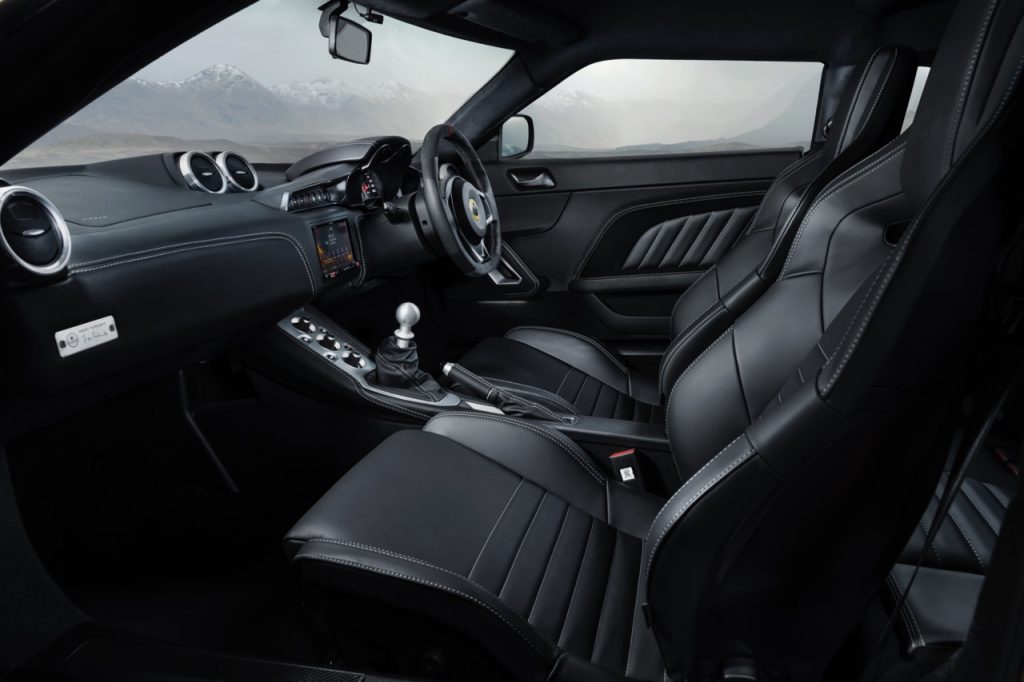
A word on the exterior styling, too, as the Evora’s shape was perhaps one of its greatest strengths. Penned by longtime Lotus designer Russell Carr, it’s notable for two key qualities: It hides its 2+2 layout very well indeed, and it barely seems to have aged. Not everyone will find it pretty, but for a car that launched in 2009, the Evora barely looked a day older when it eventually went off sale in 2021.
The Evora’s real unique selling proposition, though, is in how it drives. It’s no understatement to say that it behaves like a big Elise, despite coming in around half a tonne heavier. Like its smaller sibling, the Evora both rides and handles beautifully, with a slight and unsurprising bias toward comfort and ease of use compared to the Elise. Anyone worried that hydraulic steering assistance might have compromised feedback will be pleased to know it makes almost no difference, and the wheel rim still nudges around in your palms over every change in road texture. Few, if any, have done assisted steering better.
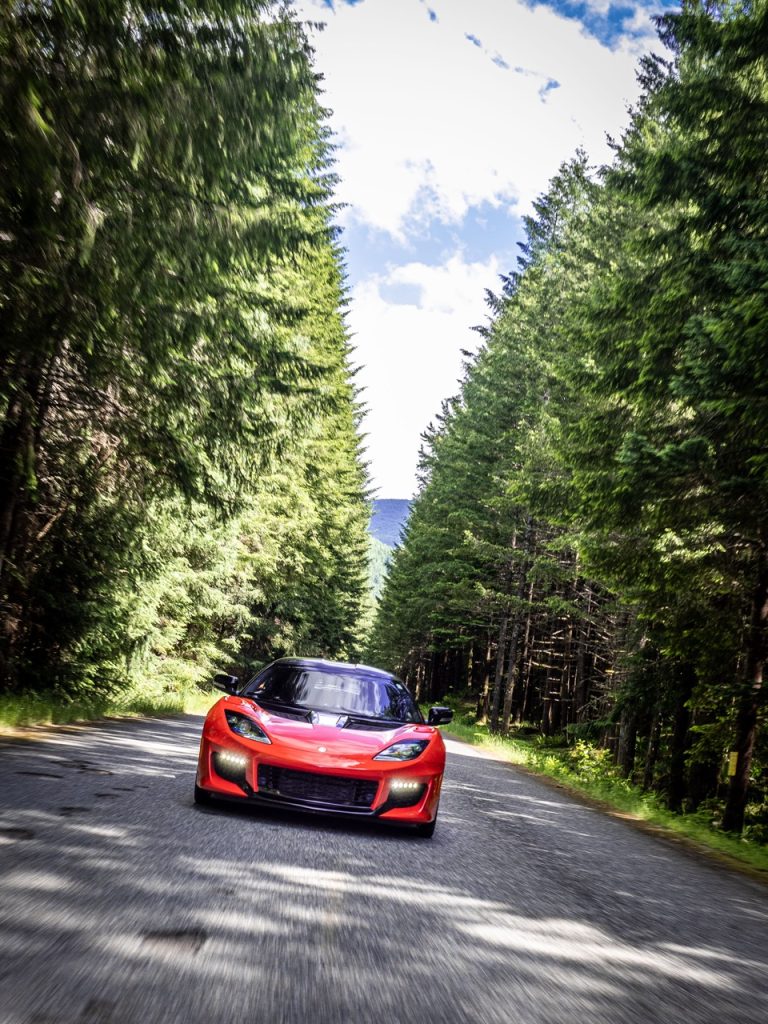
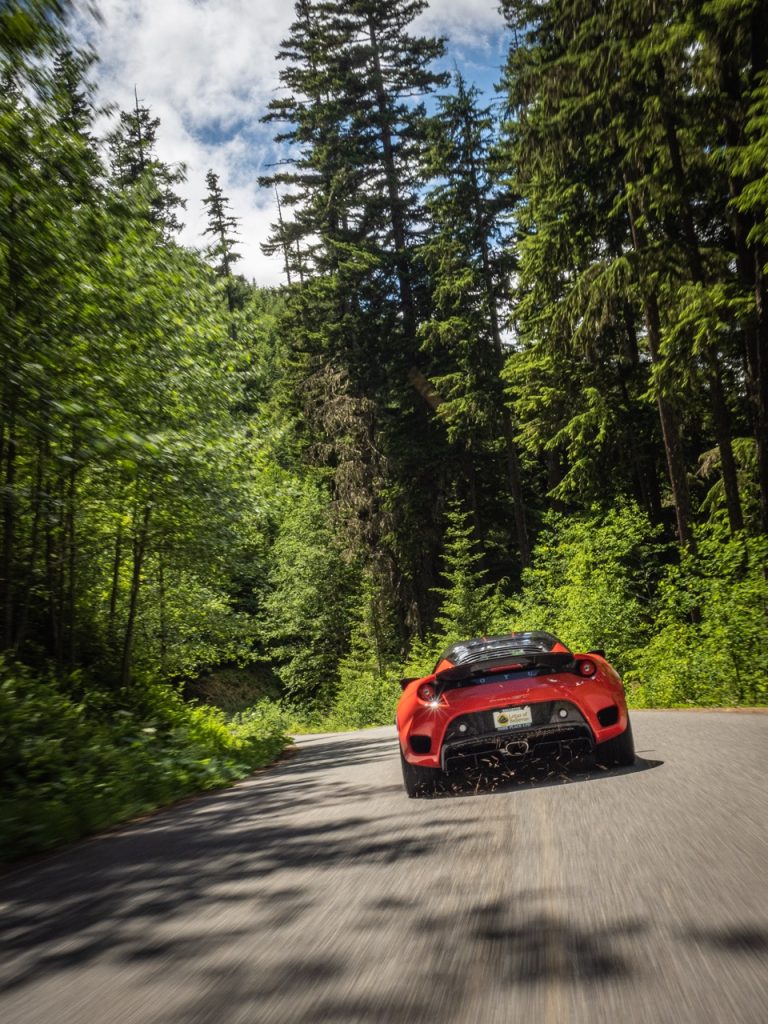
The Evora’s balance was friendlier than that of the Elise, too. It’s a unique and satisfying feeling driving an Evora quickly, and it is one of those cars that only serves to highlight what others are missing. The last your author drove was in a twin test against the then-new Porsche 992, and while the 992 was of course a fine car in its own right, the Evora felt closer to those older, more intimate and more involving classic 911s. Put differently, with its Japanese mid-mounted V6, a manual gearbox, and an aluminium structure, it’s basically a Honda NSX for less than half the price.
And Lotus’s efforts to make the Evora genuinely usable weren’t in vain. The rear seats were of limited use for people but served as an additional place to put luggage (like the Elise, there was a dedicated, if oddly shaped compartment between the engine bay and the back of the car), but the car’s ride, the smooth Toyota engine, and the generally well-appointed interior mean an owner need not dither over taking longer trips, and it’s even relatively frugal over distances, too.
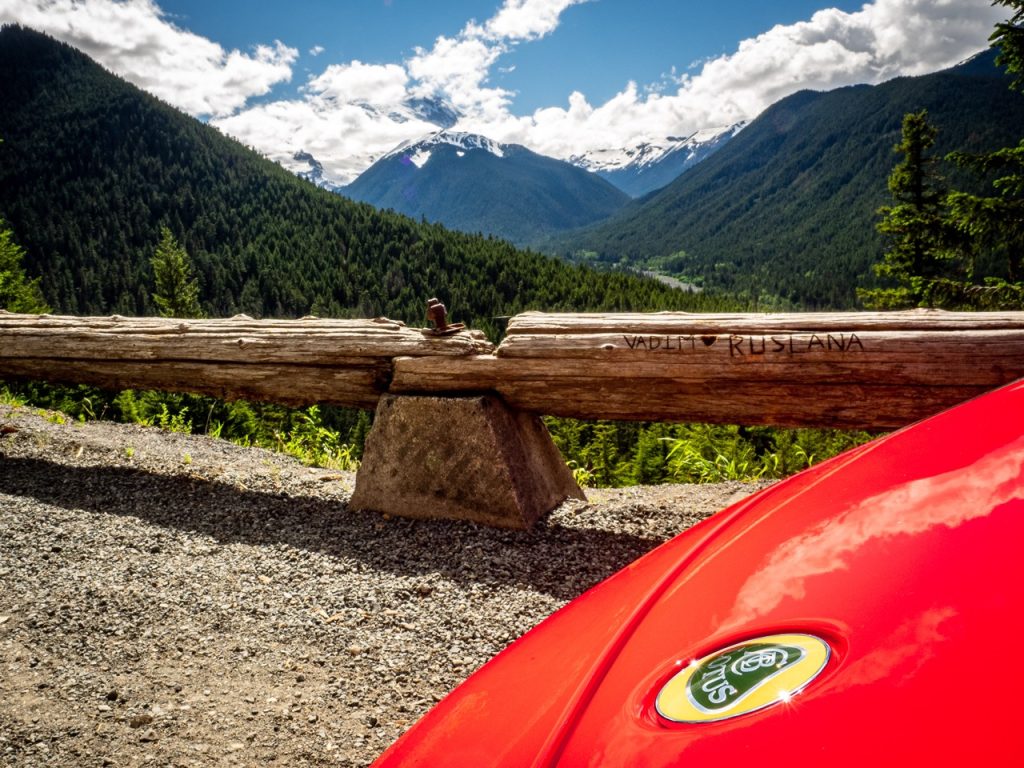
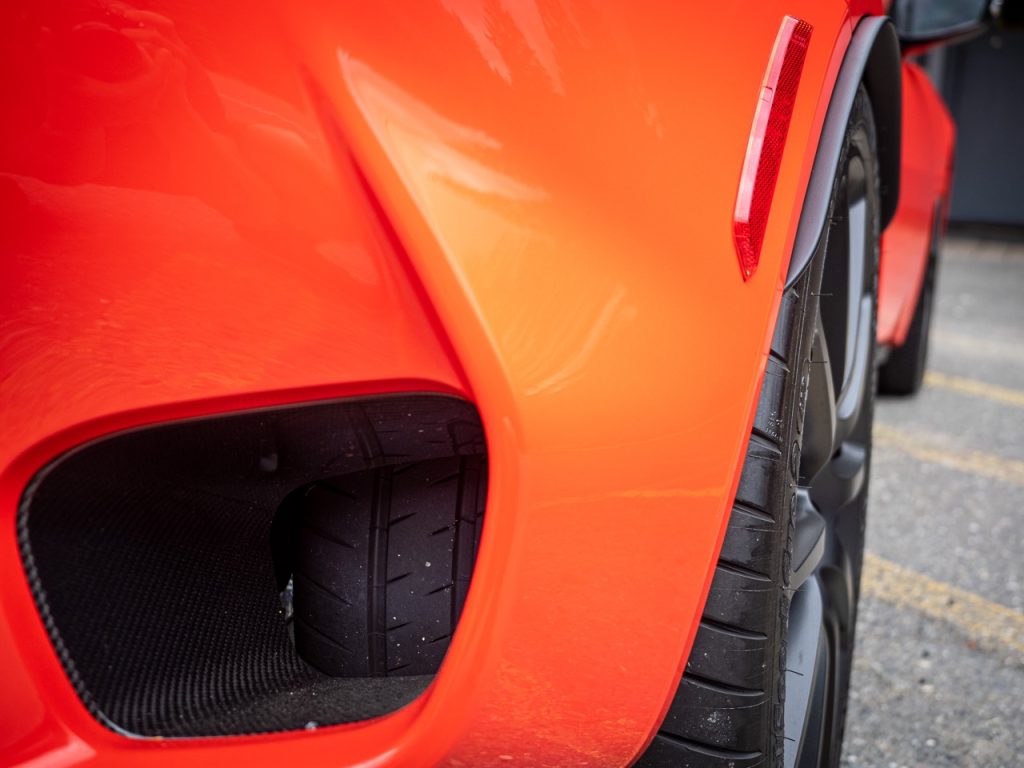
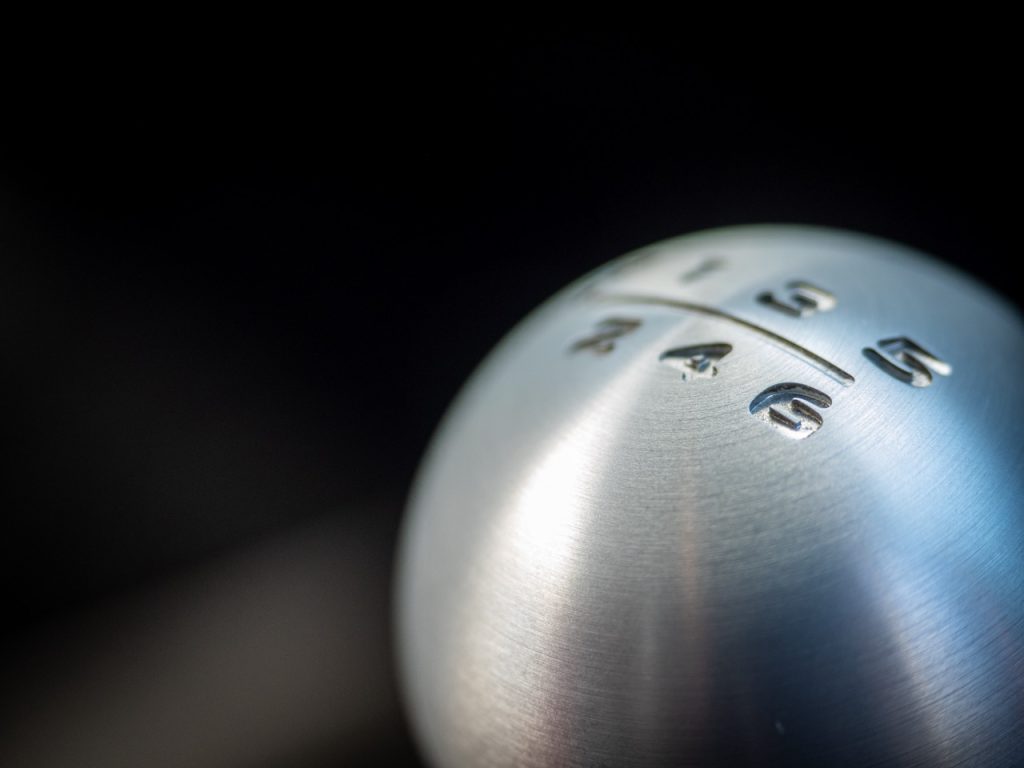
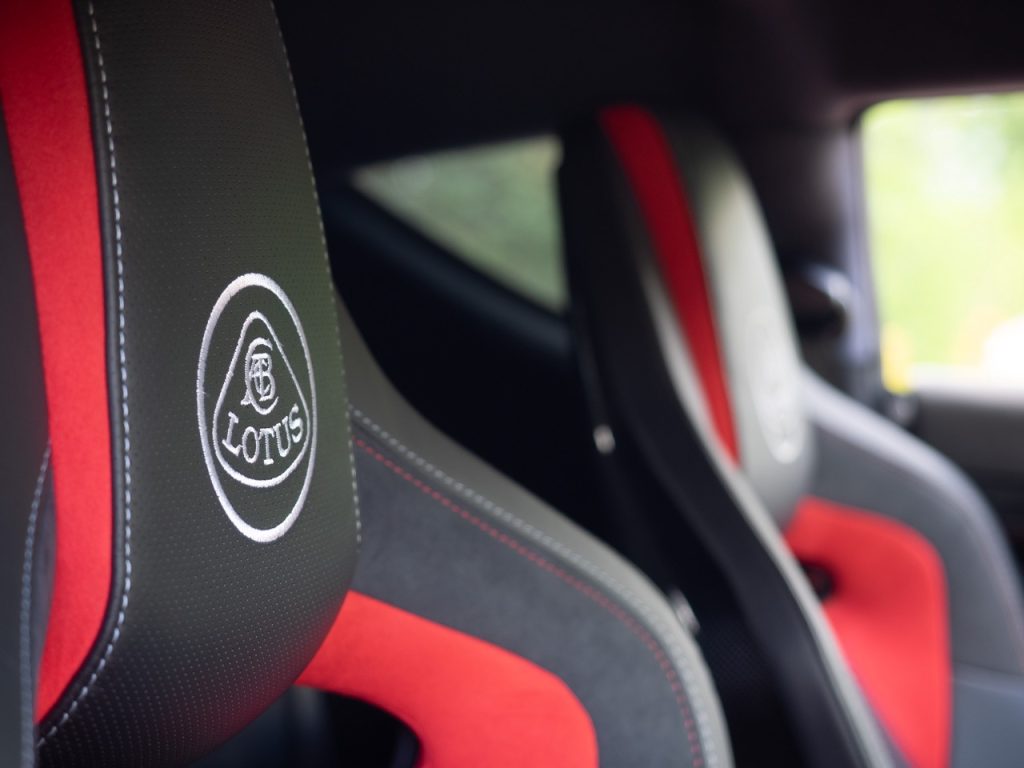
Today, you’ll need somewhere in the region of £25K to get into the least expensive Evoras on the market, while later supercharged 400s and 410s are still into the £60K range. Whether you’re struggling to get hold of an Emira or simply looking for an engaging and special driving experience for new supermini money the Evora doesn’t feel like a bad way to do it.






